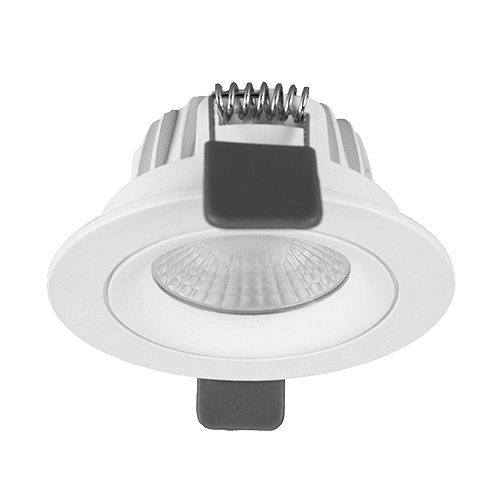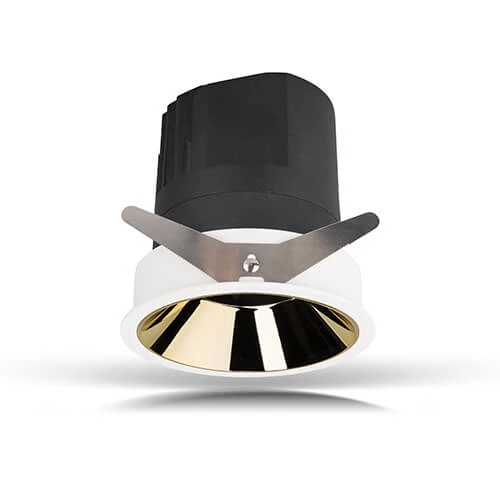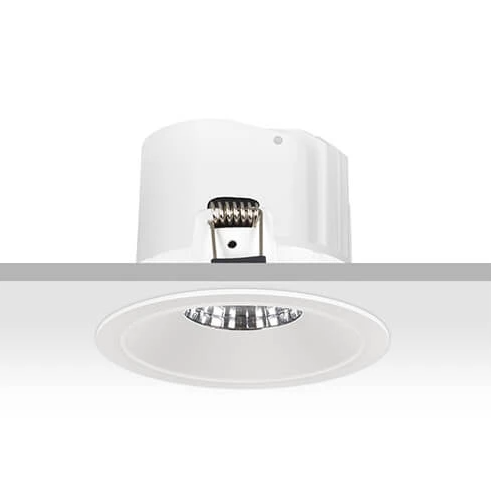Are downlights energy-efficient? Many homeowners and business owners consider this question when choosing lighting fixtures for their spaces. In this article, we will delve into the electricity consumption of downlights and provide a comprehensive overview of their energy usage.

Before discussing their energy consumption, it is important to understand what downlights are. Downlights are recessed light fixtures that are installed into a ceiling, providing a downward direct light source. They are often used to create a clean and modern look in various settings, such as homes, offices, and retail stores.
On average, downlights consume around 5 to 20 watts per bulb, depending on the specific type and design. LED downlights are known for their energy efficiency, using significantly less electricity compared to traditional incandescent or halogen bulbs. LED downlights typically consume 80% less energy, making them a popular choice for those looking to reduce their electricity bills.
Several factors can influence the overall energy consumption of downlights:
To minimize the electricity usage of downlights, consider these energy-saving tips:
In summary, downlights typically do not use a lot of electricity, especially when equipped with LED bulbs. By considering factors like bulb type, brightness, and usage time, users can further optimize energy consumption. By implementing energy-saving practices, such as choosing LED bulbs and utilizing dimmers, one can reduce both energy expenditure and electricity bills. Make wise lighting choices today to contribute to a more sustainable future.
 HK international lighting fair(Autumn Ed
HK international lighting fair(Autumn Ed
 What Type of Downlight Is Suitable for H
What Type of Downlight Is Suitable for H
 What Makes Recessed Down Lights Ideal fo
What Makes Recessed Down Lights Ideal fo
 Enhancing Outdoor Lighting with IP65 Rec
Enhancing Outdoor Lighting with IP65 Rec